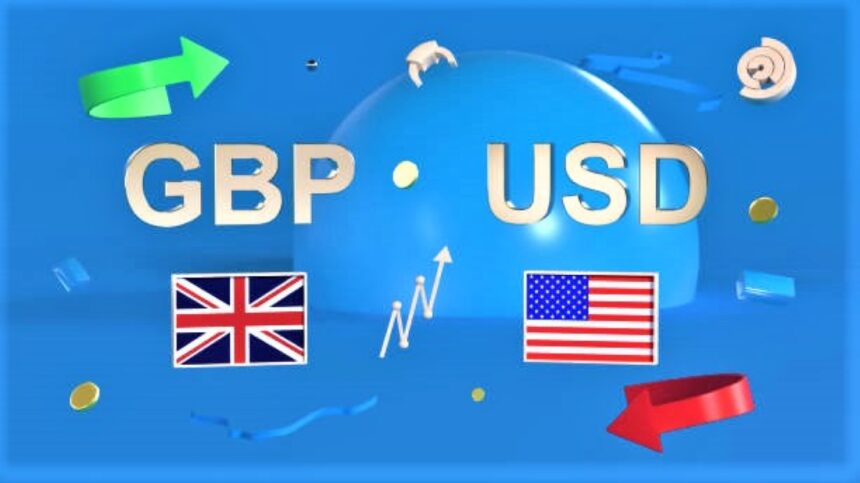Pound Sterling rises to 1.2480 as investors anticipate the BoE deferring rate decreases.
The Pound Sterling (GBP) rose to 1.2480 in Thursday’s early New York session. The GBPUSD pair rises, boosted by a sharp drop in the US dollar. And increased anticipation that the Bank of England (BoE) will postpone rate cuts until the November meeting. The BoE, like the Federal Reserve (Fed), is expected to delay rate decreases. Allaying concerns about policy divergence between the two.
The major The slow progress of inflation falling to the 2% objective. Due to solid wage growth prompted traders to pare back on the BoE’s early rate reduction. The labor market data for the quarter ending February showed. That Average Earnings, including bonuses, increased steadily by 5.6%, exceeding estimates of 5.5%.
The UK’s steady wage growth is limiting the reduction in pricing pressures.
To get inflation back to the 2% objective, annual pay growth excluding bonuses should be around 3.5%. Higher wage growth fuels inflationary pressures as businesses pass on labor costs to customers. In addition, households with increased disposable income boost total economic demand.
Daily Market movers: Pound Sterling holds gains while the US Dollar moves down.
The pound sterling increases to 1.2480 as persistence in the United Kingdom’s inflation figures. For March, traders were required to price in the possibility of the Bank of England cutting interest rates at its September meeting.
Investors anticipate a difficult final stretch to return inflation to the 2% target. Currently, financial markets expect the BoE to cut interest rates once this year, in November.
The UK Inflation statistics issued on Wednesday showed that annual core CPI data. Which excludes volatile food and energy costs, increased by 4.2% year on year in March. Exceeding the expectation of 4.1% but considerably slowing from February’s figure of 4.5%. The Bank of England uses core inflation data to make interest rate decisions.
Price pressures fell less than predicted in March. Although wages grew steadily. Data for the three months ending February prompted traders to reduce rate cut expectations for the September meeting.
Following the announcement of the inflation figures, BoE Governor Andrew Bailey stated, “We’re pretty much on track for where we expected to be in February on inflation.” Bailey remains optimistic about another decline in inflation next month. When asked about the impact of Middle Eastern tensions, Bailey stated that the oil price has not risen as much as projected, and the consequences of Middle Eastern tensions are less severe than feared.
US dollar has corrected Fed’s policy of maintaining interest rates higher for an extended period of time.
Aside from the revised BoE rate cut outlook, the GBPUSD pair has benefited from a small fall in the US Dollar. The US Dollar Index (DXY) tracks the US dollar. against six major currencies, slid quickly to 105.75 from a new five-month high of 106.40. The near-term demand for the US Dollar remains unchanged as Federal Reserve (Fed) policymakers continue to emphasise the necessity for interest rates to remain higher for a longer period until they are persuaded that inflation will return sustainably to the 2% objective.









